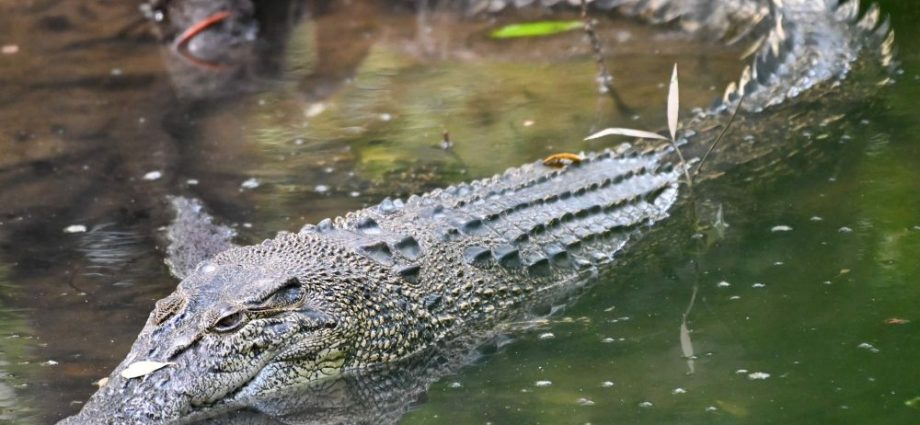
KOTA KINABALU: There are no takers as yet for crocodile hunting licences, with the Sabah government easing restrictions amid the increasing numbers of fatal encounters with the reptiles along the state’s rivers.
Sabah Wildlife Department director Augustine Tuuga said there were inquiries by people in Tawau and Sandakan about the procedure for obtaining the licence but no applications yet.
“In the past, only crocodile farmers sought a licence to catch crocodiles to introduce new blood to their captive population,” he said when contacted on Wednesday (Aug 10).
He said the wildlife department did not have any specific criteria for the crocodile hunting licences.
ALSO READ: Sabah needs hunting policy to keep crocodile population in check, says Bung Moktar
“They can catch but cannot export skin or meat because Sabah doesn’t have an export quota for crocodiles taken from the wild.
“(Crocodile products are) only for consumption in Sabah. If they (people) want to start a crocodile farm, they also can apply for a licence to catch the animals,” he said.
However, he added that the department would consider limiting the licences only to river areas where the crocodile population was higher.
ALSO READ: Wildlife rangers deployed to scene of Kinabatangan crocodile attack
“We may limit the number (allowed to be caught) in rivers where the population is low,” he said, adding that hunters would have to pay RM30 for each juvenile and RM150 per adult crocodile.
“They pay according to how many animals they want to catch,” he said.
Amid growing calls to allow crocodile hunting in view of attacks against people, state Tourism, Culture and Environment mMinister Datuk Seri Jafry Ariffin said the government allowed hunting for breeding at farms statewide.
Wildlife authorities would also set traps and shoot crocodiles for population control, he added.
ALSO READ: Man fishing near Saratok found dead with croc bite marks
Jafry said there were an estimated 2,886 crocodiles in 10 main Sabah rivers – Kinabatangan, Segama, Kalumpang, Labuk, Serudong, Silabukan, Klias, Padas, Bengkoka and Paitan – based on a 2007-2020 Non-Detrimental Findings Study.
Kinabatangan river, where most of the cases of human conflict had occurred, had the largest crocodile population at 1,368.
Jafry said the population could be larger as many crocodiles had moved into river tributaries in search of new food sources.

